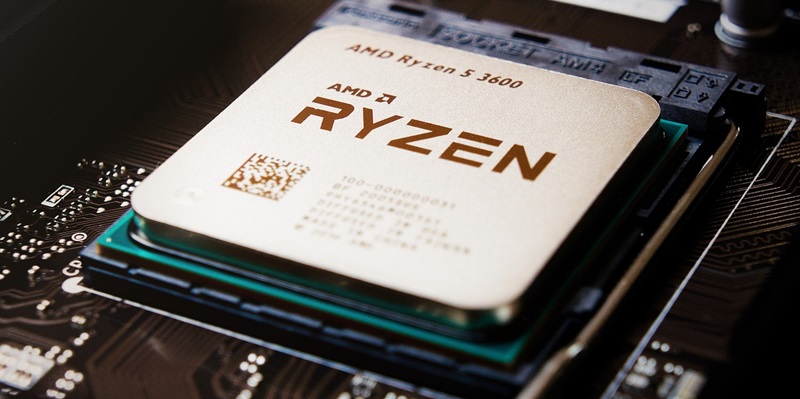The processor landscape is on the verge of transformation with the Snapdragon X Elite SoC’s entry into the Windows market. Qualcomm’s latest offering, the X1E80100, has caused a stir with pre-launch benchmarks that suggest it might outshine Intel’s Meteor Lake CPUs in several scenarios. The benchmarks pit Qualcomm’s 12-core processor against Intel’s 16-core Core i7-1185G7, both rated at a similar 28W TDP. Intriguingly, in this early glimpse of performance, the Snapdragon claims significant leads in the realm of AI inference, boasting an astounding 460% advantage over its Intel counterpart, and showing a solid 46% lead in Visual Studio compilations. These results, while preliminary, indicate that Snapdragon’s SoC is not just a competitor but a potential leader in specific areas of processing.
Yet while these figures are impressive, caution is warranted—they emanate from Qualcomm’s own testing, which could lead to a biased portrayal of the SoC’s capabilities. Both units have displayed comparable outcomes in tests such as 7Zip and 3DMark, but the true measure of performance will only be revealed with extensive, independent testing. Nonetheless, if these results are a sign of things to come, the Snapdragon X Elite SoC could be on the cusp of reshaping the CPU hegemony.
A Shift in the Windows Processor Arena
Arm-based processors on Windows have previously suffered from underwhelming performance, but Qualcomm’s Snapdragon X Elite SoC promises change, potentially mirroring Apple’s M-series efficiency and power. This breakthrough could significantly advance ultra-thin laptops in the Windows world, offering a superior performance-energy balance.
The success of the Snapdragon X Elite depends on software refinement and compatibility with the Arm architecture. If the tech ecosystem adapts effectively, Qualcomm’s chip could substantially alter the competitive landscape, challenging Intel and AMD’s dominance. Anticipation is high for the mid-year release, as it may not just contend with existing processors but redefine competition in the market. The readiness of Windows to fully harness Arm’s potential will be pivotal in realizing this shift. By 2024, Snapdragon X Elite could be a game-changer in the industry.

